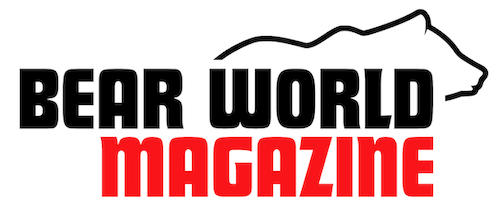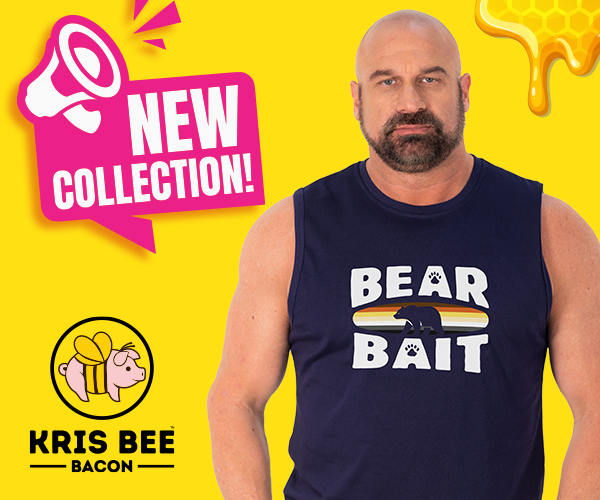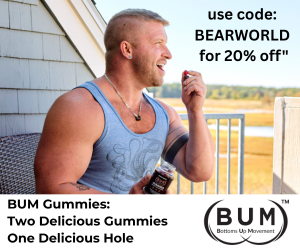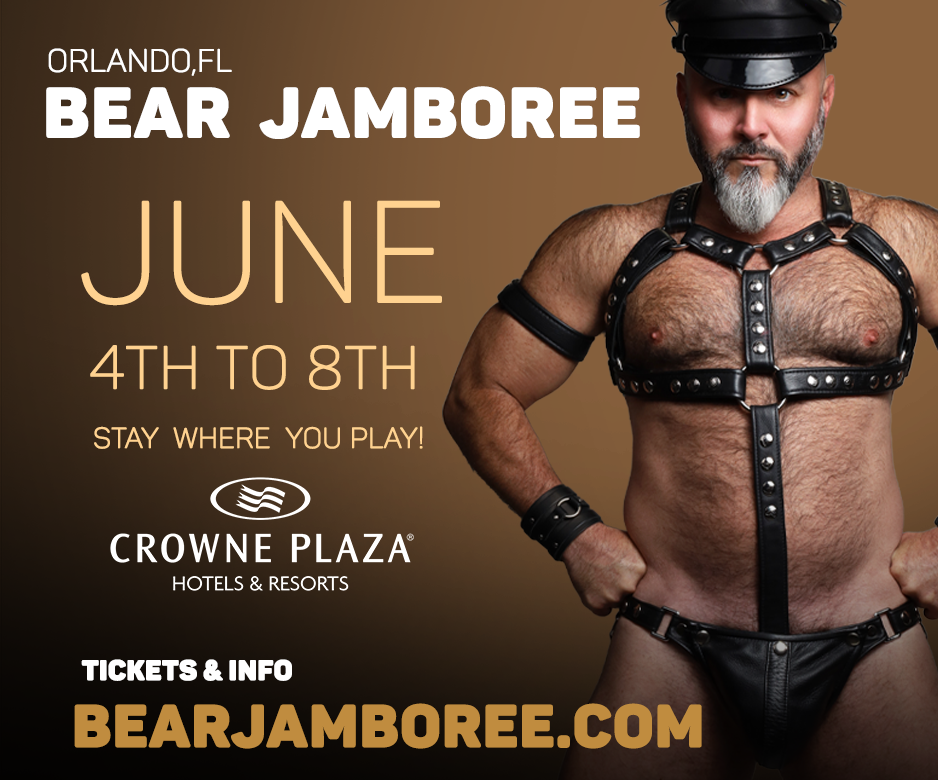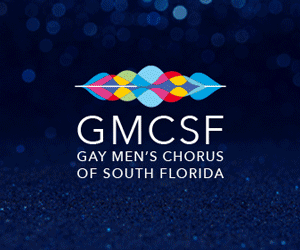
Comics Corner – How a comic became the perfect guide to They/Them Pronouns
A familiar battle for anyone coming to terms with their gender identity can be having to repeatedly tell people, including loved ones, the correct pronouns to use. This can be challenging enough for people still using binary pronouns – he/him or she/her – but for people elsewhere on the gender spectrum, getting cisgender people to understand, let alone use, non-binary pronouns can be a recurring struggle.
Eventually, non-binary creator Archie Bongiovanni had had enough of this, and partnered with Tristan Jimerson to release A Quick & Easy Guide to They/Them Pronouns. Designed as an introduction to more inclusive language, particularly towards and for non-binary people, the comic proves a warm and funny explainer, managing to be educational without sacrificing entertainment in the process.

Gayming Mag: What are the origins of the book? Why did you think it was necessary?
Archie Bongiovanni: I came out as genderqueer and started using they/them pronouns seven years ago. It was a challenge then to explain to folks what they/them pronouns were and how to use them, as well as what to do if someone made a mistake on my pronouns. It got really tiring. I was (and still very much am) into zines so I paired up with my best friend Tristan to create a zine on the topic. It was originally called A Cheap And Easy Guide To They/Them Pronouns – it was only 11 pages long and we sold it for two bucks but frequently just gave them away.
GM: What made comics the right medium for a guide like this?
AB: There’s something really approachable about comics. They seem more playful and, in my experience, a little easier to read than a block of text. I am a huge fan of making sure information is accessible to everyone’s style of learning. If information is going to be taught or learned, we need to make sure there’s not only books and blogs sharing the content, but podcasts and videos and comics as well.
The comic is a quick read and it feels like something someone could thumb through on their lunch break or in a waiting room, which is the vibe I wanted with it. Something that felt and read very casual.

GM: Were there any particular influences on your work for this, artistically or narratively?
AB: Zines were the biggest influence to me when I was creating this work. Zines take information and share it in an affordable fast way. The zines I like have a sense of urgency too, like ‘we need this information out there, let’s write it up and photocopy it and put it out into the world!’ It’s not overthinking the process or the final product which is how I try and tackle my art.
When our editor, Ari, asked us to expand the zine into a book, we did so under the condition we could sell it for as cheap as possible. [Publisher] Limerence was great working with us – it might mean less of a profit but it remains less than ten bucks.
GM: The book establishes that you and Tristan are long time friends, but how did you come to work on this project together?
AB: So! Tristan knew me before I came out. He learned about they/them pronouns, adapted his language, and became a great ally in teaching others in our lives about them. It felt natural to pair up with someone who had the experience of learning something new and needing to change his language.
I frequently felt I was too in the thick of it to explain things properly – it’s exhausting to have to describe to folks over and over again the same thing about my identity – and Tristan was available and willing to do some of that heavy lifting for me. He knew how to talk to other cisgender people about they/them pronouns and I could talk to other folks who use they/them pronouns about our shared experience.

GM: Compared to, say, superhero comics, how did you break down production? Was it a “here’s the script, go draw” situation, or more of a back and forth creative process?
AB: Very much a back and forth situation! We created an outline that our editor gave feedback on and then Tristan and I sat down at a coffeeshop and fleshed each segment into a script. Ari was so good at helping us create clear language when it came to gender and identity. As for the art, I just got to draw whatever I wanted however I wanted, which was the ideal for me.
GM: One thing that pleasantly surprised us about the book is how funny it is in places – how did you go about balancing entertainment with informativeness, rather than being something like a pamphlet for a guidance counsellor’s office?
AB: I always felt that people who wanted something very direct and specific about the topic, they could find that on their own. There is so much out there on this topic! Our book will attract folks who are looking to read something with the vibe the comic has.
Tristan and I wanted to keep the feeling that the zine had, like talking to a snarky friend. It needed to be entertaining for us to write and draw it too, I don’t want to work on anything dry because it’s no fun for me!

GM: You also strike a nice balance between understanding cis people’s potential confusion with newer pronoun language, and also being rightly unapologetic in claiming one’s pronouns – was it tricky to convey that?
AB: It didn’t feel hard to convey at the time, but I think that’s because I had multiple years of figuring out that balance in my own life. I needed to have patience with friends and family and strangers, but when is it appropriate to put my foot down? When do I continue to give grace and when do I pull away? We wanted to make sure we expressed just how important patience and time is for folks who are learning something very new while also expressing how tiring that can be and that you can and should have boundaries with loved ones.
GM: The book only briefly addresses pronouns such as ze/hir – was that a matter of space, or difficulty in conveying them to a lay audience?
AB: Definitely space! There’s many alternative pronouns we didn’t get to cover.

GM: They/Them Pronouns was originally published in 2018 – do you think the general publics’ understanding of non-binary pronouns has improved since then?
AB: Oh absolutely! I guess many people would still love to see more representation in mainstream TV and movies, but whatever, I don’t really look to the mainstream media for accurate (or interesting!) queer representation anyways. I have definitely noticed a big difference when introducing myself to new folks and them not being totally lost from the get-go.
GM: What, if anything, would you add to a revised/expanded version now?
AB: So much actually! If I could expand, I would acknowledged how race can play into non-binary idenities, coming out, and being perceived by others. While Tristan and I couldn’t speak to that experience as we’re both white, I wish I could point readers to other people’s writing, like this article or this one. I think I would also talk about how this – pronouns – are such a minor thing in terms of LGBTQIA rights: they can definitely help and support us on the day-to-day, but it isn’t the same thing as access to food, housing, or medical care.

